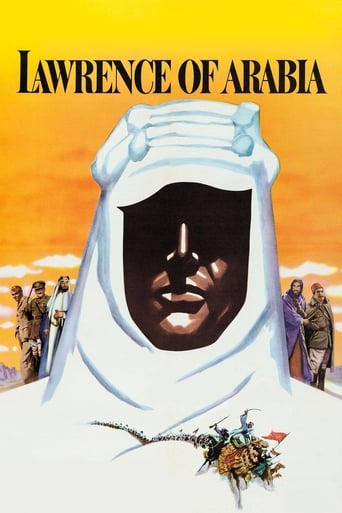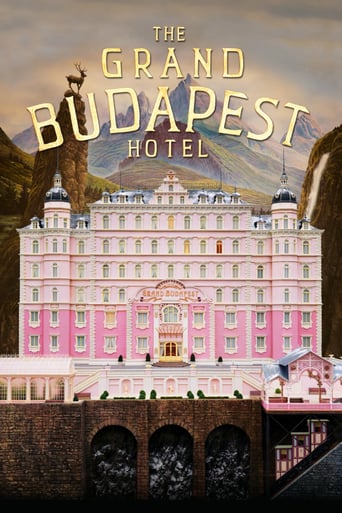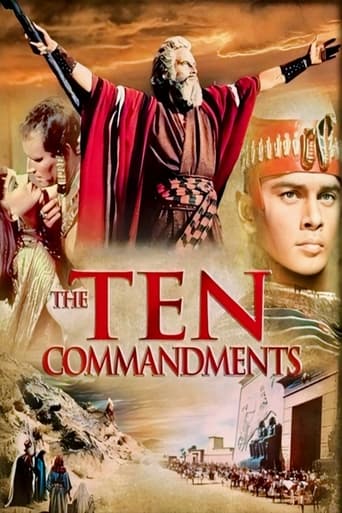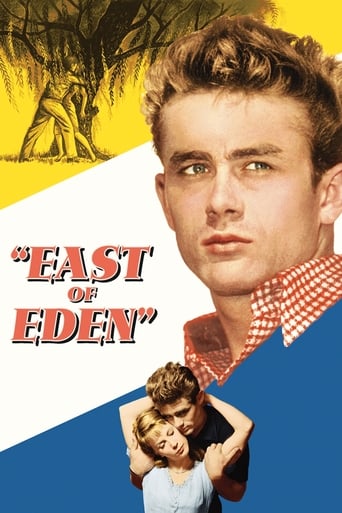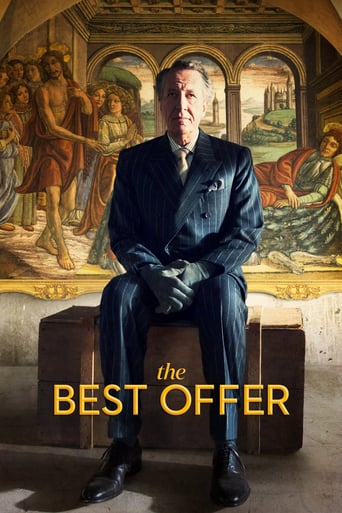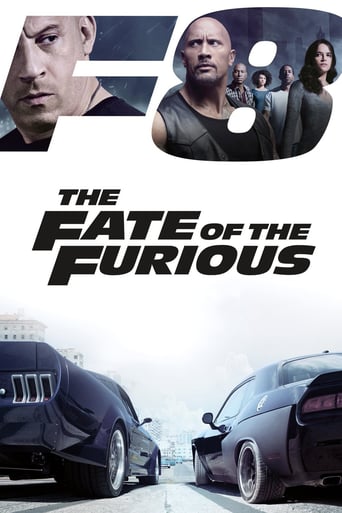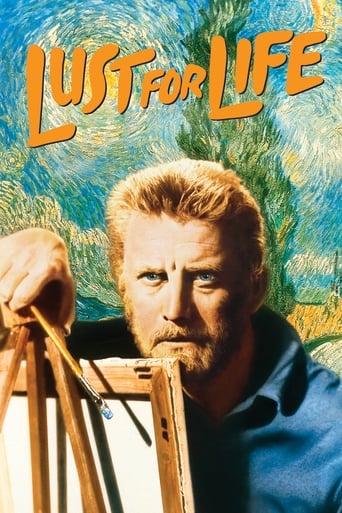


Lust for Life
An intense and imaginative artist, revered Dutch painter Vincent van Gogh possesses undeniable talent, but he is plagued by mental problems and frustrations with failure. Supported by his brother, Theo, the tormented Van Gogh eventually leaves Holland for France, where he meets volatile fellow painter Paul Gauguin and struggles to find greater inspiration.
-
- Cast:
- Kirk Douglas , Anthony Quinn , James Donald , Pamela Brown , Everett Sloane , Niall MacGinnis , Noel Purcell


Similar titles
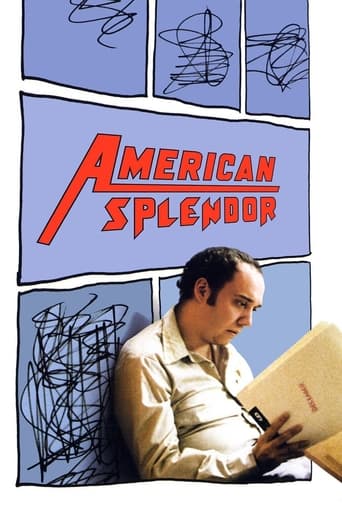
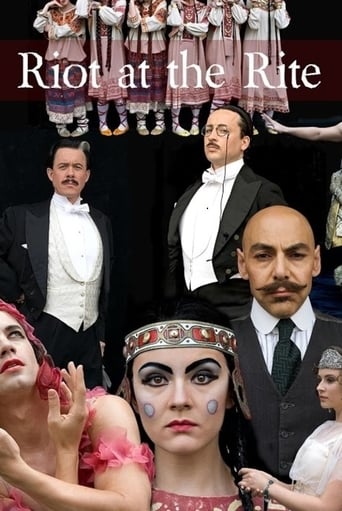
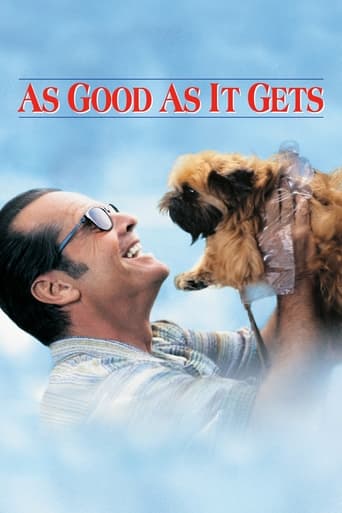
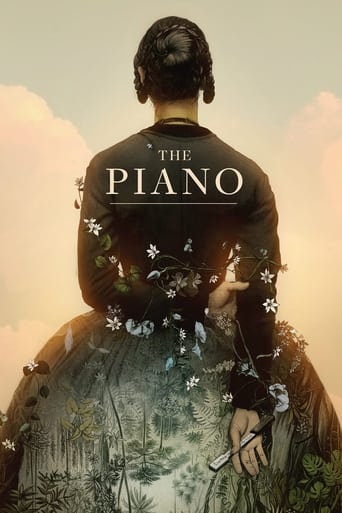
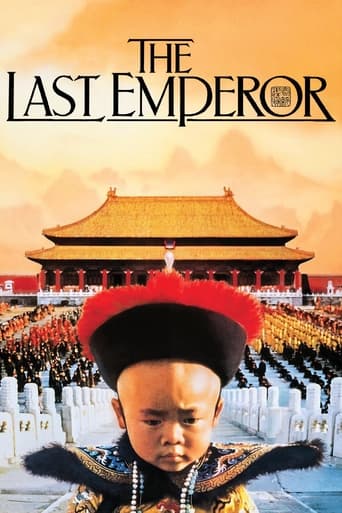
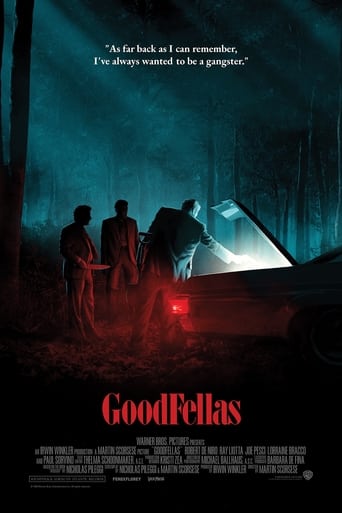

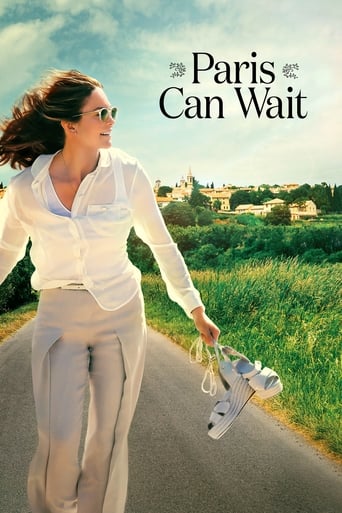
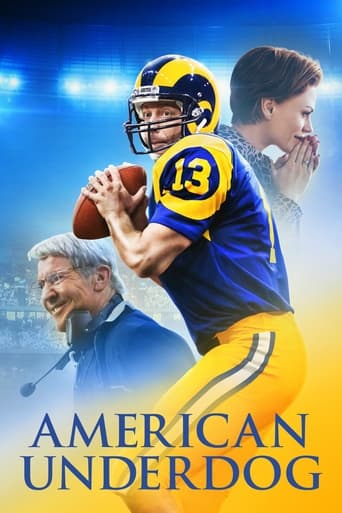

Reviews
Instant Favorite.
It's funny, it's tense, it features two great performances from two actors and the director expertly creates a web of odd tension where you actually don't know what is happening for the majority of the run time.
There's no way I can possibly love it entirely but I just think its ridiculously bad, but enjoyable at the same time.
Exactly the movie you think it is, but not the movie you want it to be.
the films of our childhood have a special aura. each is great ignoring the artistic virtues. because they are part from us. from memories, emotions, representations, dreams. in this case , for me, all has the virtues of magic. the great performance of Kirk Douglas. the impressive work of Anthony Quin. the admirable way to translate on screen the book of few generation of Vicente Minelli. sure, it is a slice from a period. sure, it is far to be example of biographic accuracy. but it gives a realistic, sensitive, maybe useful portrait of a great artist. or, maybe, revolutionary. and this is its huge virtue. to discover on the screen models and the air of XIX century. to meet names and characters. to be pushed to discover the real van Gogh. and to be front to a magnificent Gauguin. so, an admirable film. for its artistic virtues. but, maybe, first, for its status of film of my childhood.
One of my top 10 favorite films from the mid-20th century era. Star Kirk Douglas had previously ("Young Man with a Horn") played a character obsessed with playing improvised jazz on the trumpet, based on the self- destructive life of the jazz enthusiast Bix Beiderbecke. Many details of the life of Bix or in the novel that the film was based upon were fictionalized. Now, Douglas played another doomed tortured artist in Vincent Van Gogh. Unlike Bix, Vincent is well recognized by the general public. Unlike the film relating to Bix, this film is about as true to the historical details as can be expected for a film, especially since it is based upon an Irving Stone novel of the same title published in 1934. Douglas makes a very convincing Vincent, both in his physical appearance and in his acting. Tony Quinn was also an excellent choice for Vincent's sometimes roommate: Paul Gauguin. Besides acting, Quinn had a longstanding interest in making paintings and sculpture. James Donald is good as Vincent's brother Theo, who made Vincent's career as an artist possible with his monthly allowance to the destitute Vincent. Not included in the film is mention of Theo's death, which occurred a mere 6 months after Vincent's death, due to cerebral syphilis. We can usefully divided the film into 5 segments. The first covers his problems trying to become an ordained minister or a missionary, including his time spent as a missionary in a very poor coal town, where he had trouble relating to the people until he took to spending some time digging coal and digging through a huge pile of rejected rock that included some coal, like the women did while their husbands were down below. Covered with coal dust at times, and living in a primitive shack, the church elders were not pleased when they came to check on him. He called them hypocrites and claimed he was more Christ-like than they were. At home, he said that he didn't believe in the God of the clergymen; he believed in a God of love. That was the end of his shaky ministerial career. The second segment of the film covers the period when he has taken up art work, but only produces black and white drawings. During this period, his cousin Kay rejects his marriage proposal, which sends him into a psychological tailspin for a period. He takes up with a laundress/prostitute for a period, but she eventually leaves. The third segment covers his discovery and development of color painting, before inviting Paul Gauguin to come live and work with him.The 4th segment covers his association with Gauguin. Mostly, they quarrel about painting styles and keeping the place reasonably neat. Vincent runs after Gauguin with a razor, as Gauguin is leaving. Vincent then cuts his ear off with a knife and is laid up for a while.The final segment is his post-Gauguin life. This includes his stay at the St. Remy asylum, then with Dr. Gachet. He has periodic seizures. At St. Remy, initially, he's not allowed to paint. Later, he is allowed to paint in moderation, as painting seems to be necessary to promote his sanity. But, this does not cure his loneliness. He can't seem to relate to non-artists, and his work is a solitary one.Tony Quinn received the Best Supporting Actor Oscar for his relatively brief screen time. I think Douglas was more deserving of the Best Actor Oscar.In contrast to Vincent, Gauguin had achieved financial success in his 20s, from stock brokering and art dealing. Then, the stock market crashed and the market for artwork mostly dried up. Thus, he abandoned his family, and took up producing artwork, along with other odd jobs,often just barely surviving Today, his paintings, sell for $ millions, like Vincent's. Gauguin would eventually move to Tahiti and other islands administered by France, thus distancing himself from western society. Many of his most famous paintings were done on these islands. The novel "The Way to Paradise" is based on this period in Gauguin's life and that of his grandmother, who also had big issues with conventional society.The film lost $2,000,000.upon initial release. Perhaps its 2 hour length was too long for many, and its cost too great?Some of Vincent's best known paintings are shown periodically in the second half.Director Vincent Minnelli had previously directed Douglas in the acclaimed "The Bad and the Beautiful", about Hollywood politics. Parts of the present film were filmed in several locations that Vincent lived in.
Very engrossing a really made with millions of sweat ,toil and hard work ,I watched lived and gone into trance beautifully crafted,I take hats off for great director crew and cameraman ,I want keep this in my film library.How they created the scenes on actual grounds where the two greatest artiste lived ,the paintings and then taking viewers to actual scenes is something unusual,the chat with lady who saw this painter in her childhood who as i know died recently,something unbelievable,Great work.Hopefully all art lovers will keep this in their film library ,a commendable work ,a Oscar to be given every year to it.
This seems burdened with the trappings of the usual 1950s biographical picture. The usual formula goes something like this. An epic musical score accompanies the tale of a man who discovers a hidden talent in himself, rises to the top, is undone by internal demons, then rediscovers his authentic self and finds peace and love.But you won't find that stereotypical structure here. Kirk Douglas is Vincent Van Gogh, the Dutch painter who led a tumultuous, immensely productive, and finally tragic life, relieved only by a few intermittent episodes of happiness and clarity.I don't think I'll bother dealing with my impression of the quality of his work, because I am an ignoramus and because I've already reviewed it in Simon Schama's "The Power of Art: Van Gogh." It's enough to say that Vincent Minelli's film doesn't spare Van Gogh. His early sketches are pretty clumsy. I did better than that in high school.But the poor guy's life was a shambles. He failed as a minister and later as an artist. His brother Theo managed to sell only one of his paintings during his lifetime. Van Gogh fell in love but his approach was so clumsy, so inept, that the woman finally refused to speak to him. Then he fell in with a whore, who left him because -- genius or no -- he was not making enough money to suit her.But the greatest of Van Gogh's loves that we see in the movie, aside from painting itself, is Anthony Quinn's Paul Gaugin, who was something of a jealous fraud. In Tahiti Gaugin copied some of his paintings from photographs. And when I lived in Polynesia I found out that Gaugin's "Vahini No Te Vi" wasn't carrying a "vi" at all.Not that it matters except that it illustrates the difference in attitudes between Gaugin and the man who hoped most desperately to be his best friend. Gaugin's painting were flat in tone and careless about their sources while Van Gogh's strove for authenticity and impact in their frightening imagery -- those roiling skies, those agonized cypress trees. One of their more demonstrative arguments led to Van Gogh's famous self mutilation. It's a shame because Province was an ideal place for Van Gogh to work. He loved it. The sanitized collection of Van Gogh's letters are ecstatic about the light and warmth of Arles. The letters in fact are as full of color as his paintings. That yellow house he lived in still stands. It's been converted into a tourist attraction with an al fresco café.The screenplay is unsparing. Van Gogh's life was disorderly and filthy, his face and hands paint stained. And Kirk Douglas embodies the artist. It may be one of his best performances. He gives the painter a habit of rubbing his stained fingers and palms over a face and skull devoid of any glamor whatever. His brother Theo is played by James Donald, always a sympatico figure on screen. The enthusiastic but helpless Dr. Gachet is played by Everett Sloane. Anthony Quinn as the tempestuous Gaugin is thoroughly convincing. There's a nice touch when he visits Van Gogh for the first time in Arles, looks at the mountain of magnificent paintings, and slumps because they're better than his own work. "Well, I see you've been busy," he manages to say.This is far superior to the usual biography. The style is classic. The camera doesn't do tricks. It's not "Lawrence of Arabia." But, like Lawrence, it's about an unstable man of extraordinary talent. Today, Van Gogh would probably be diagnosed as bipolar. Everything points to it. And instead of quietly resting in a sanatorium he'd be treated with drugs. He might have painted fewer pictures but he probably wouldn't have shot himself in the stomach and died early.The viewer will get to see in close up many of Van Gogh's more familiar pieces. Those less familiar with our cultural history will benefit at least as much as those of us who are older and know a little something about the man. What I mean is that everybody, regardless of background, can afford to take another gander at "Starry Night" if only to be reminded of the thin line between self torture and the apprehension of a rapturous beauty.



